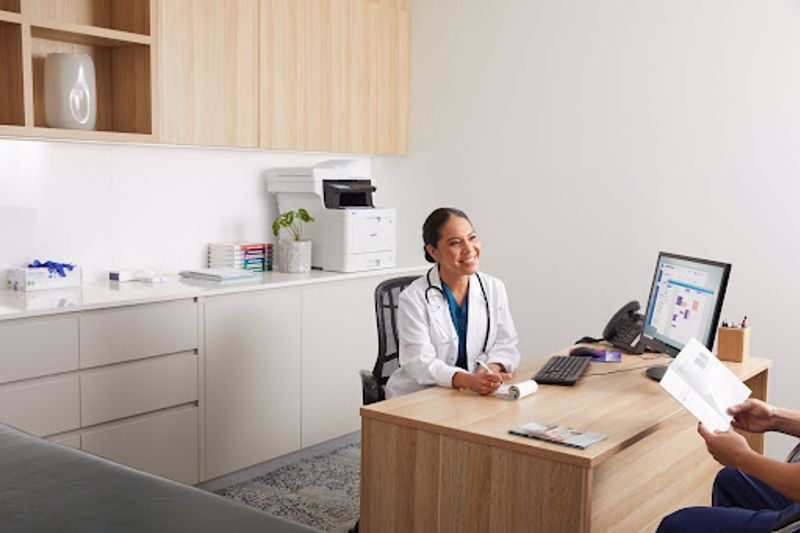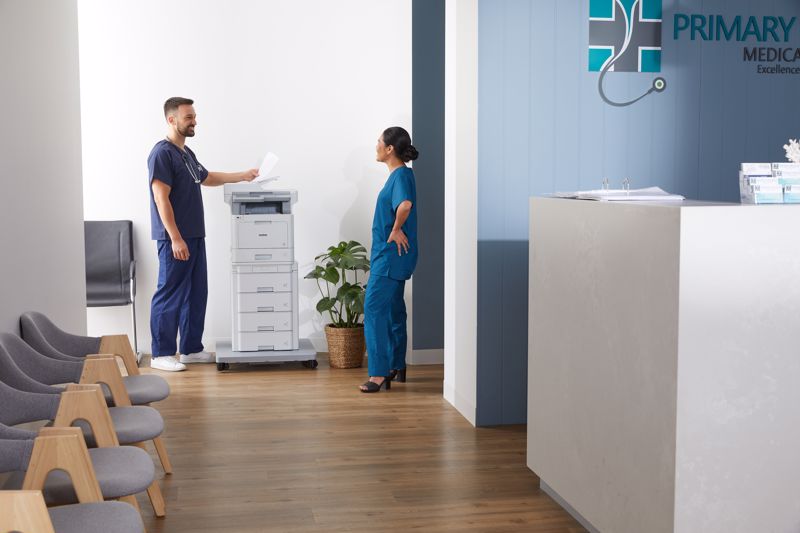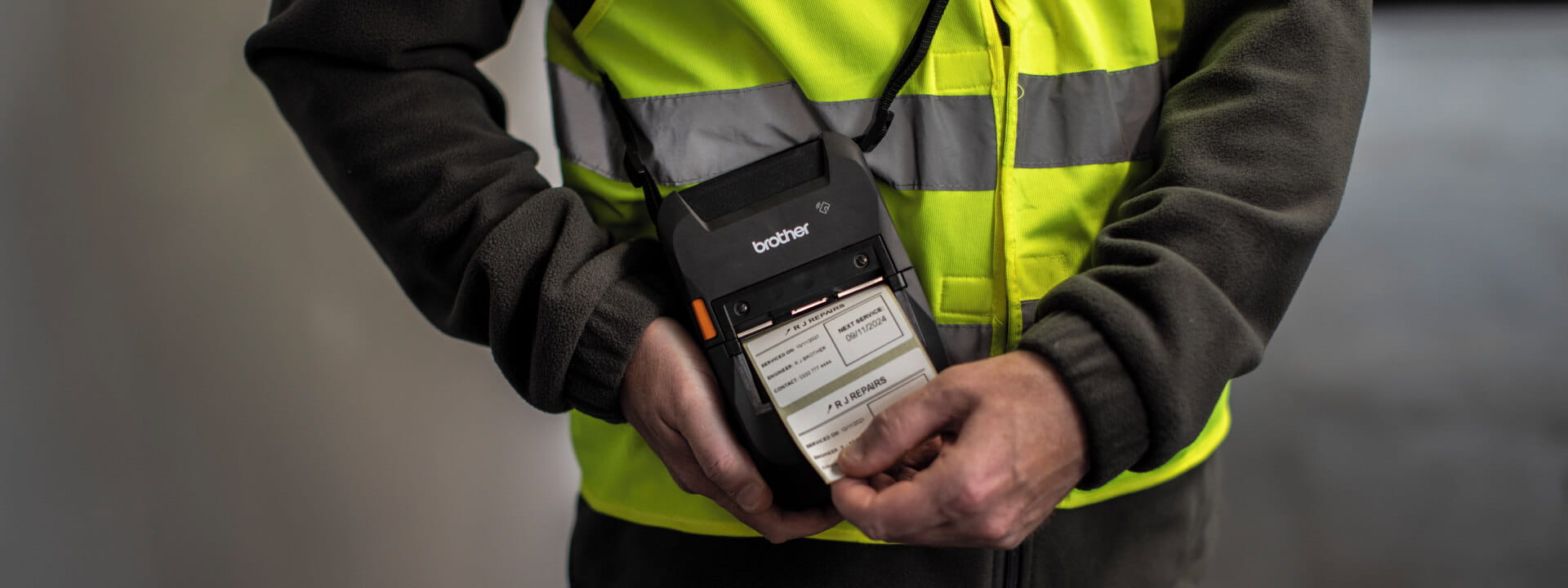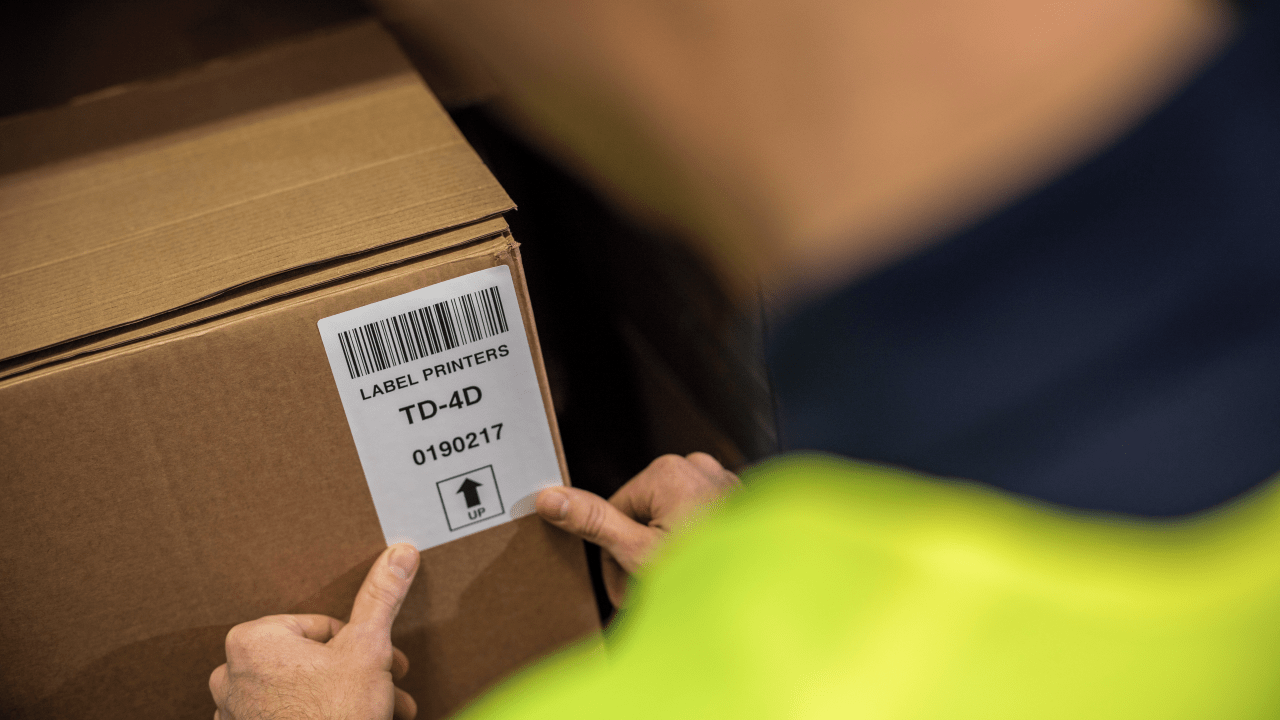
Medical charts are one of the most fundamental pieces of the healthcare system. As a record of important information, doctors and nurses rely on charts to make informed medical decisions and provide top-notch care to their patients.
With the proper technology at your side, healthcare professionals can digitise medical charts, streamline workflows and provide their patients the highest quality of care.
The most common pen-and-paper headaches
Paper medical charts have long been used to record patient data and provide healthcare professionals with a quick, accessible glance at a patient’s situation and medical history. Despite their ease of access, paper-based records are preventing healthcare providers from reaching the level of efficiency expected of a 21st century facility.
Here are five of the most common challenges created by paper medical charts:
- Human error: Recording patient information by hand can be prone to mistakes and misspellings that need to be corrected
- Illegibility: Information that can’t be easily read requires further explanation between medical staff – thus wasting time and delaying care
- Information latency: Paper charts aren’t always digitised right away. This means that critical information may not be available on short notice, which could lead to delays in medical care and put patient health in jeopardy
- Security: Although convenient, paper charts lack protection. Anybody could pop in and take a peek at someone’s private medical information. Filing cabinets filled with paperwork are also difficult to sift through and are prone to losing critical information
- Storage: Paper records require a lot of storage space, but physical space isn’t scalable. In healthcare facilities, rooms are a valuable resource that can’t be wasted
Given these complications, it’s no wonder that Australia created My Health Record in 2009. The system aims to provide healthcare professionals and patients access to medical information in one centralised Electronic Health Record (EHR), rather than relying on traditional pen-and-paper methods.
 Digital medical records streamline patient care and simplify document management
Digital medical records streamline patient care and simplify document managementIncreasing efficiency by digitising medical records with Optical Character Recognition
Although My Health Record is a completely voluntary system that neither healthcare providers or citizens are required to participate in, all Australians are eligible to enrol. According to The Guardian, more than 90% of Australians have a My Health Record created for them, but almost half of the nearly 23 million records don’t have anything inside.
This gap suggests that healthcare providers are still lacking the tools to digitise their records as effectively as possible. Optical Character Recognition (OCR), for example, is a digitisation software that streamlines document capture. Contrary to popular belief, OCR is a highly accessible technology and comes bundled with many of Brother’s high-speed scanners and Multi-Function Centres (MFCs).
OCR allows you to rapidly scan a paper chart and generate a searchable, editable digital document. Because this automates data entry, digital records inherently decrease the risk of human error or illegibility. With a single push of a button, doctors can digitise a chart, save time and focus on providing the highest quality of care.
Brother scanners also feature one-touch workflow capabilities, which allow doctors to simplify and streamline document scanning and archiving with just a single button. Scanners can be configured to automatically store files in the proper destination, empowering all medical personnel to access them as needed.
Download our free eBook on Optical Character Recognition (OCR)
Protecting patient information in secure document storage
Cybercriminals are increasingly targeting healthcare providers for patient data. According to the Office of the Australian Information Commissioner, healthcare is the most breached industry in Australia.
That’s why it’s important to deploy the most secure document management and digitisation solutions that can keep patient information safe and private. Brother’s fleet of scanners and MFCs, for example, are built with triple-layer security measures and can password-protect records as soon as they’re digitised into a secure PDF.
Scanning paper charts into a secure document management solution allows you to encrypt information as it moves through your network using Internet Protocol Security (IPSec), such as when it’s being scanned, stored or printed. Once stored, there are many device-level security measures that ensure patient data isn’t accessed or printed by unauthorised individuals, including:
- Secure Print: Users are required to input a password or tap an ID card to release documents
- Secure Function Lock: Limits access to device settings and certain features
- IP Security: Encrypts data as it travels over the organisation’s network
Healthcare facilities can also use version histories of every document to produce a digital audit trail and investigate incidents should one occur.
The benefits of centralised medical records
Although paper still plays a vital role in the healthcare system, digital medical records are the wave of the future. By storing medical charts in a centralised storage space, healthcare facilities stand to benefit in many significant ways:
- Cost-savings: Digitising your paper documents inherently decreases the use of consumables like paper, ink or toner and prolongs their lifespan
- Communication: Digital records are easily shared between staff, experts and providers for seamless and top-quality care. Speed is an especially important factor in an emergency medical situation
- Scalability: Document management solutions aren’t limited by physical space and can store a large amount of records in one secure location
- Sustainability: Reducing paper consumption overall decreases your clinic’s carbon footprint
 Many of Brother’s devices are certified by Cerner, meaning they integrate seamlessly with Cerner systems
Many of Brother’s devices are certified by Cerner, meaning they integrate seamlessly with Cerner systemsWhether it be workflow efficiency, information security or any of the benefits outlined above, all are made possible by replacing pen-and-paper processes with digital solutions.
Best of all, many Brother printers, MFCs and scanners are validated by Cerner - a leading EHR vendor. That means facilities that use Cerner systems can use Cerner-validated devices to print and scan seamlessly on their network and dedicate more time to patient care.
Reach out to our team to learn more about how we can streamline processes at your healthcare organisation.





